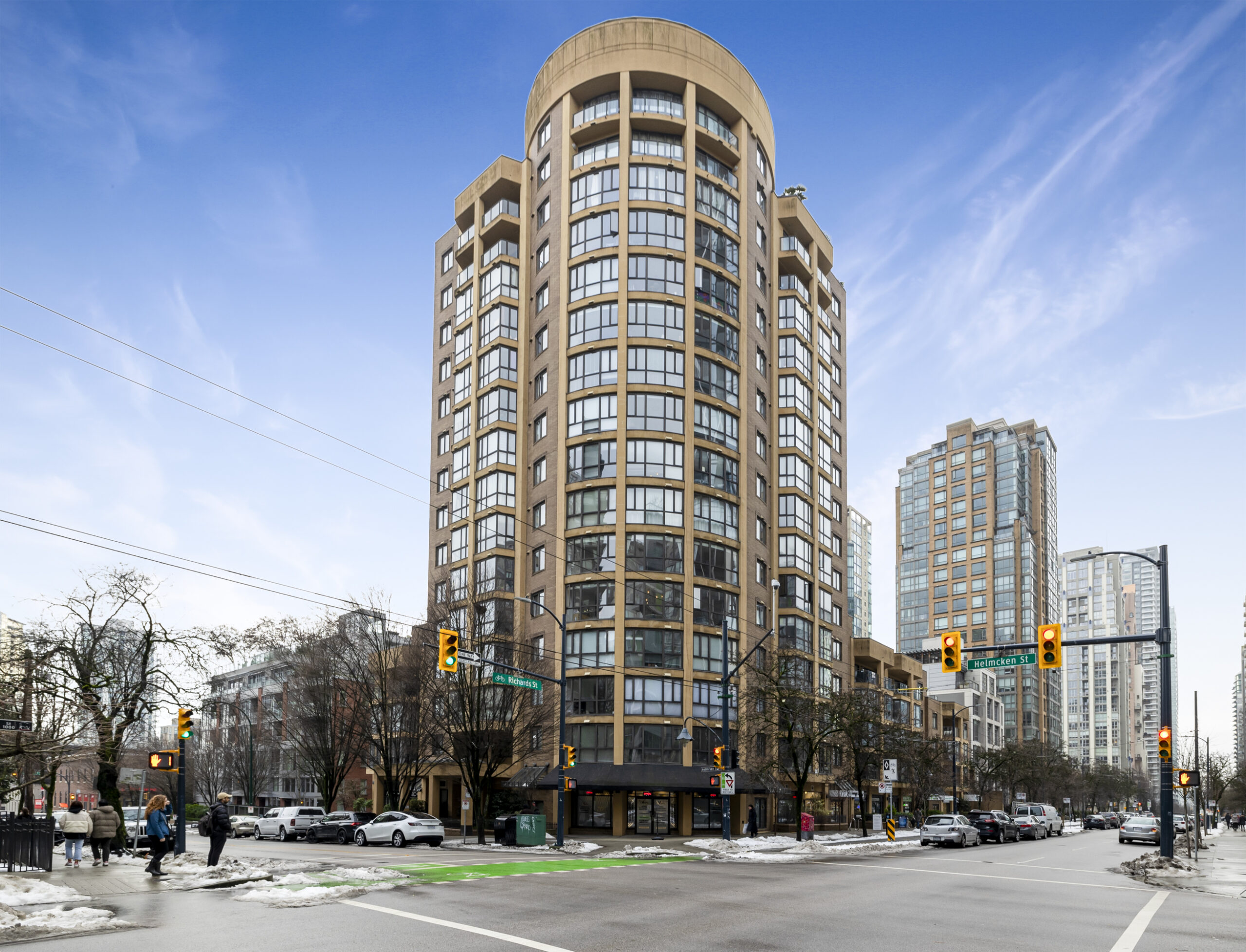Closing day is the final step in your home-selling journey. On this day, you’ll meet with the buyer, their agent, and a closing agent—typically from a title company or real estate lawyer’s office—to complete the necessary paperwork, transfer ownership, and finalize the sale. During the process, you’ll review and sign key documents, including the deed, bill of sale, and any other paperwork required to legally transfer ownership.
This is also when the financial details of the transaction are settled. You’ll receive the buyer’s payment, pay off any remaining mortgage balance, and cover any closing costs you’re responsible for. Once everything is signed and the funds are disbursed, ownership of the property officially passes to the buyer.
With the closing complete, the buyer will receive the keys to their new home, and you’ll walk away with the proceeds from the sale. Congratulations on successfully selling your home!









